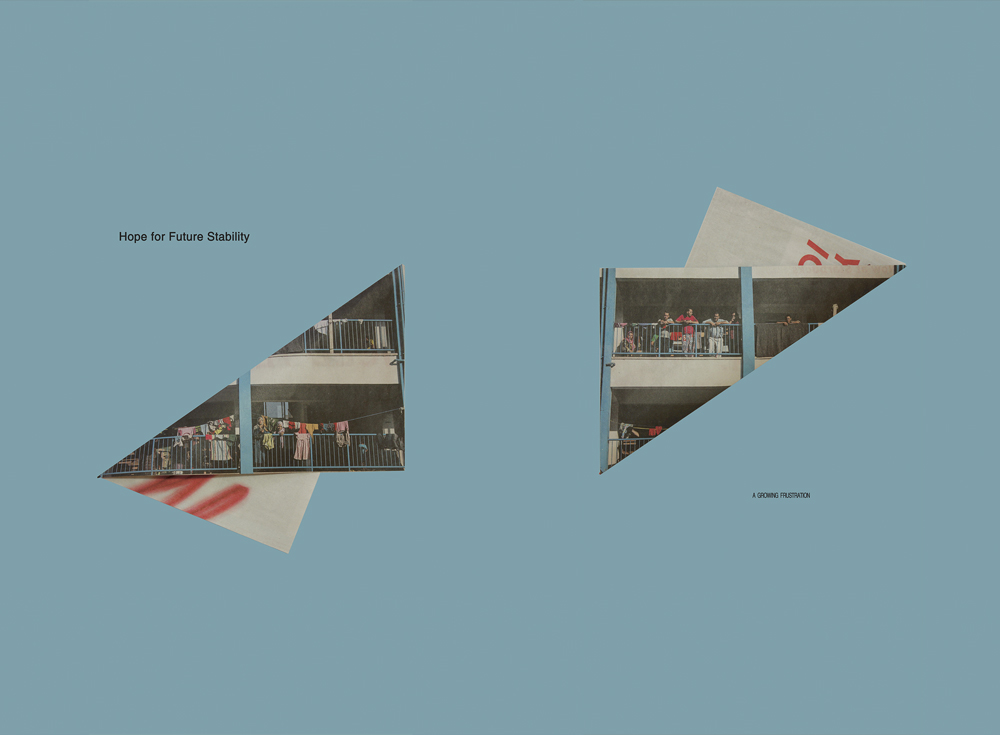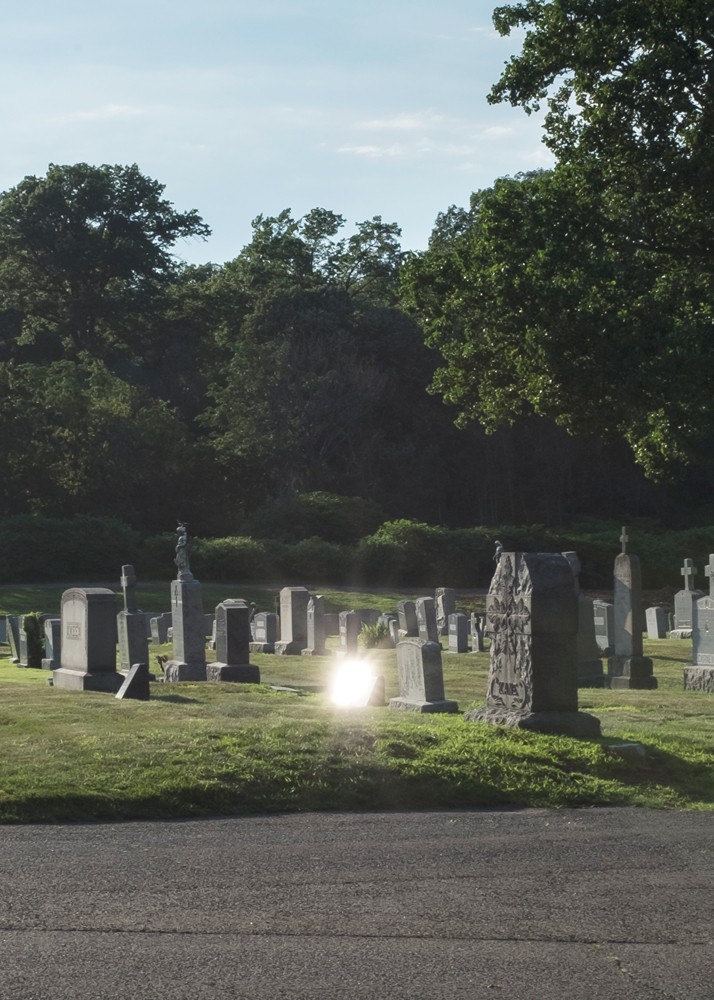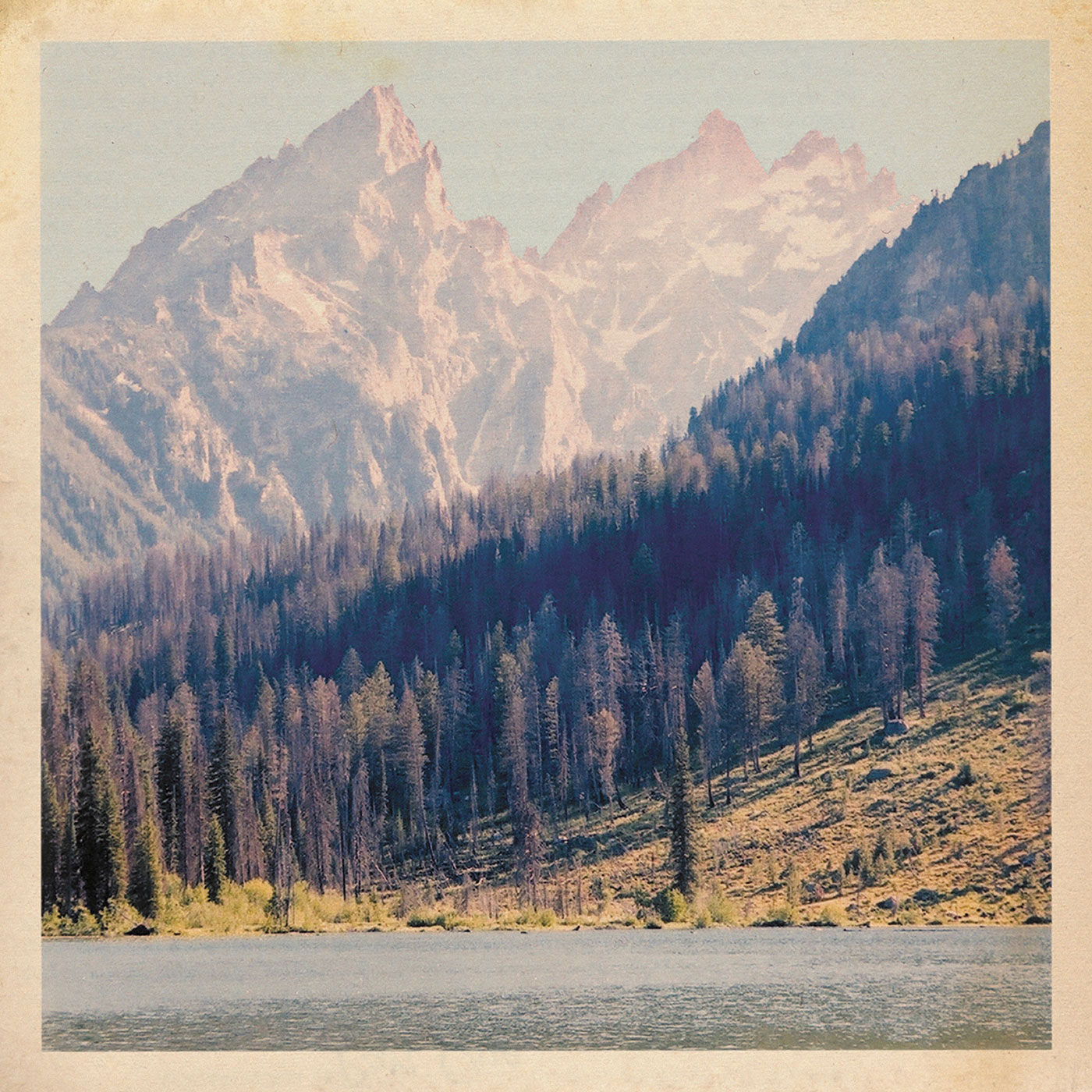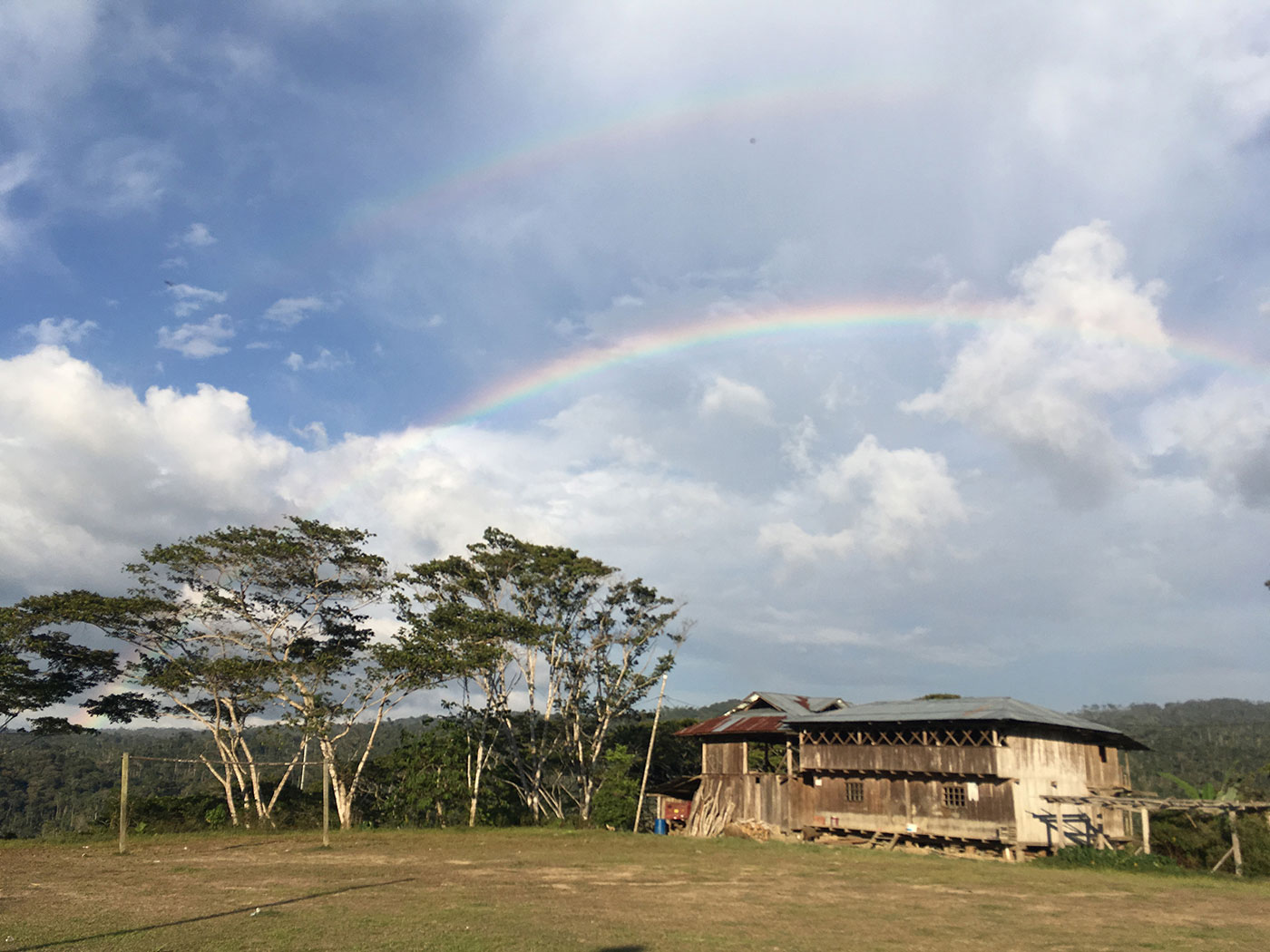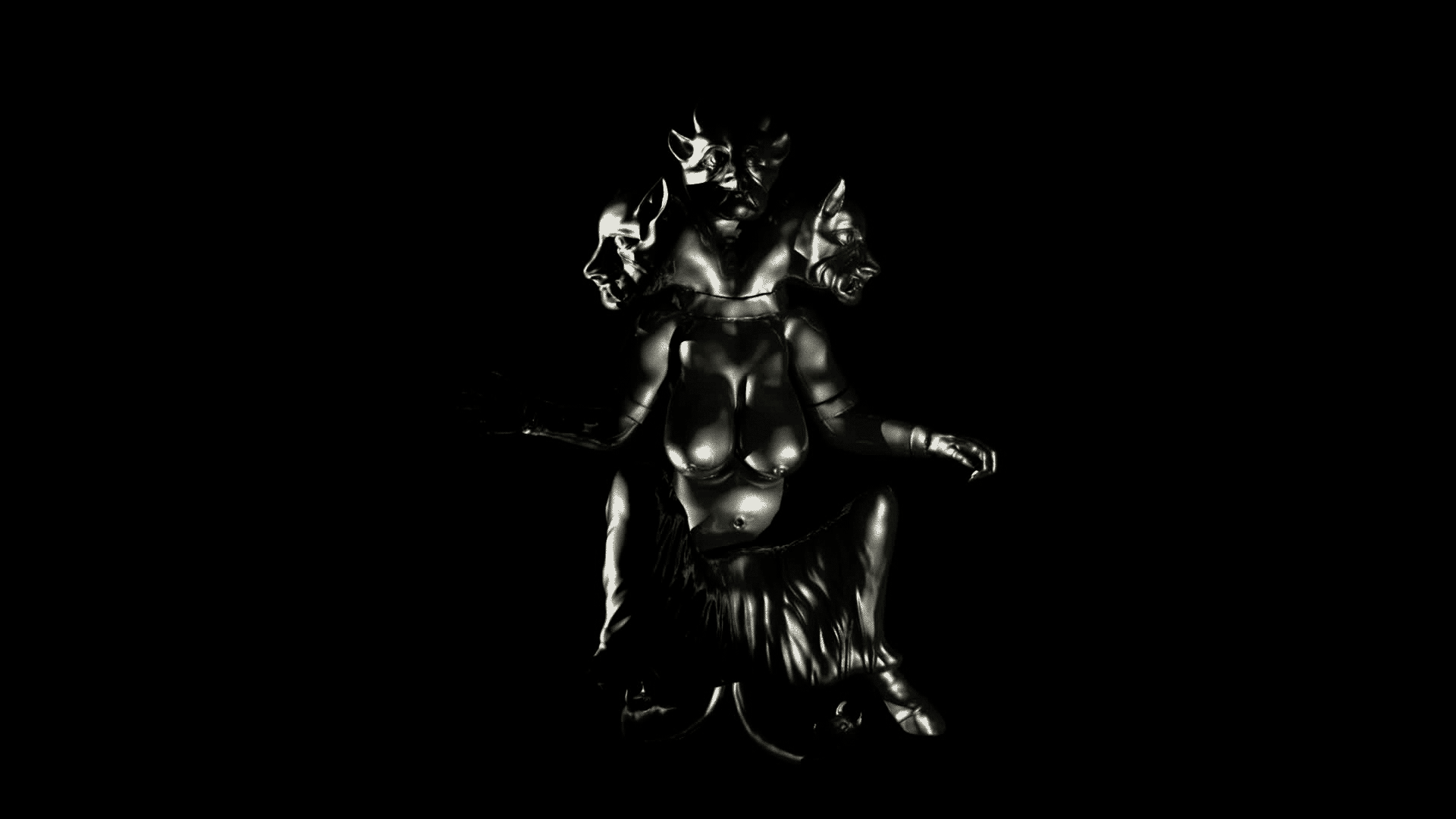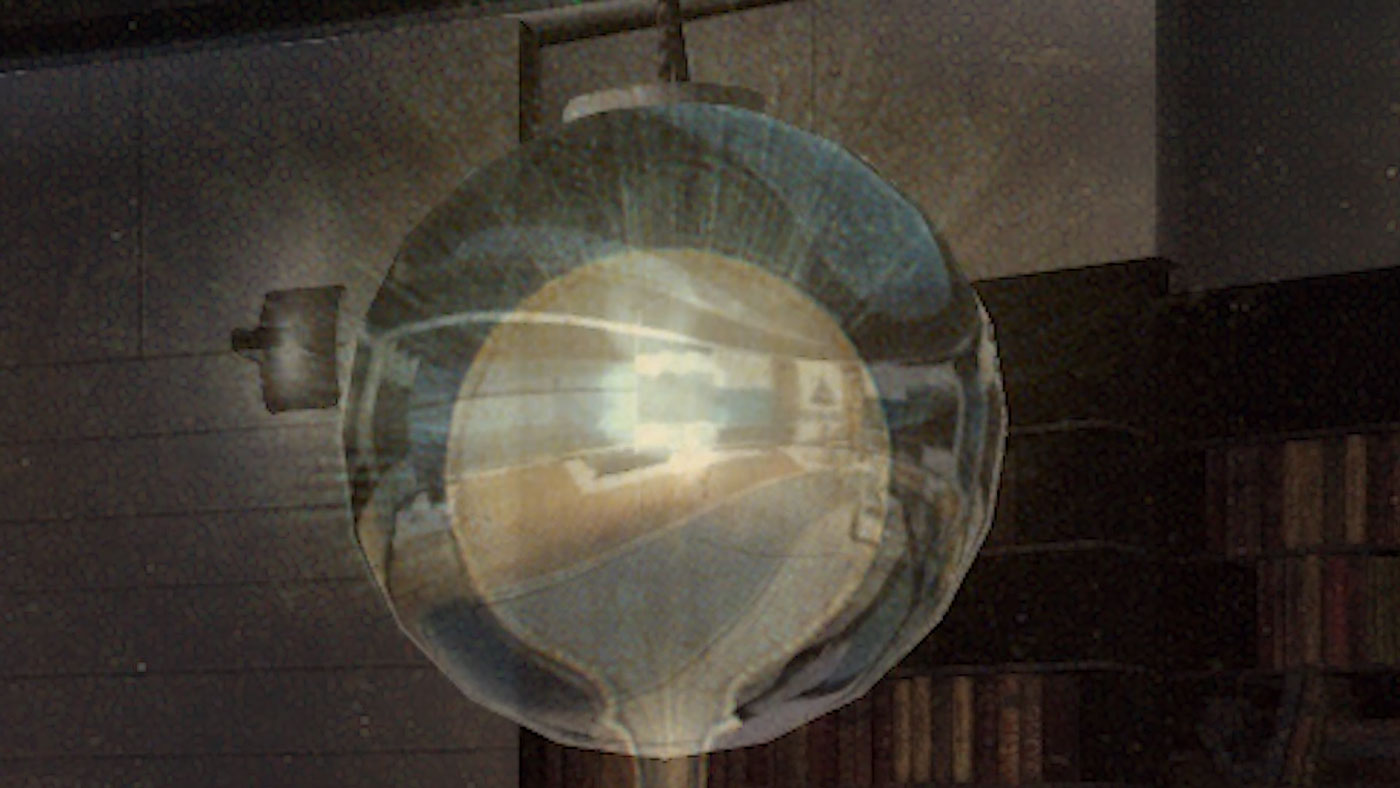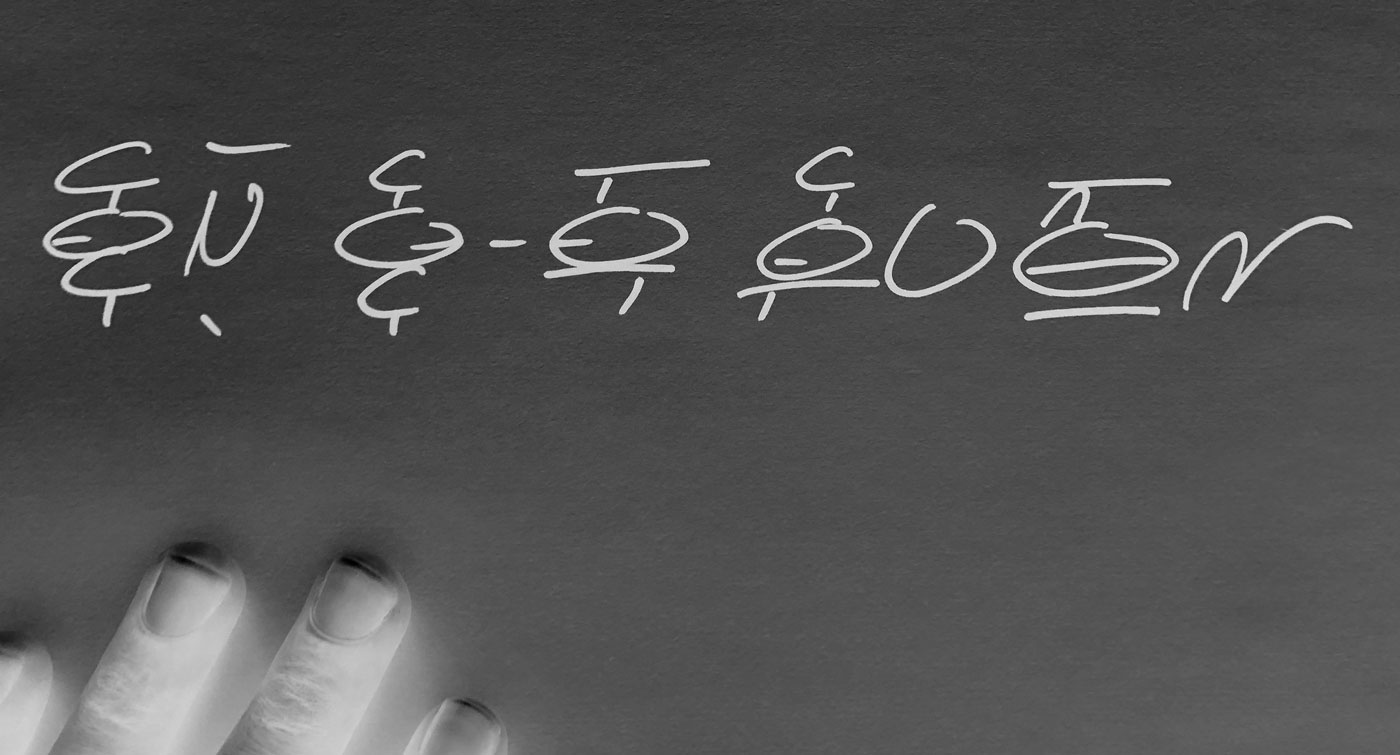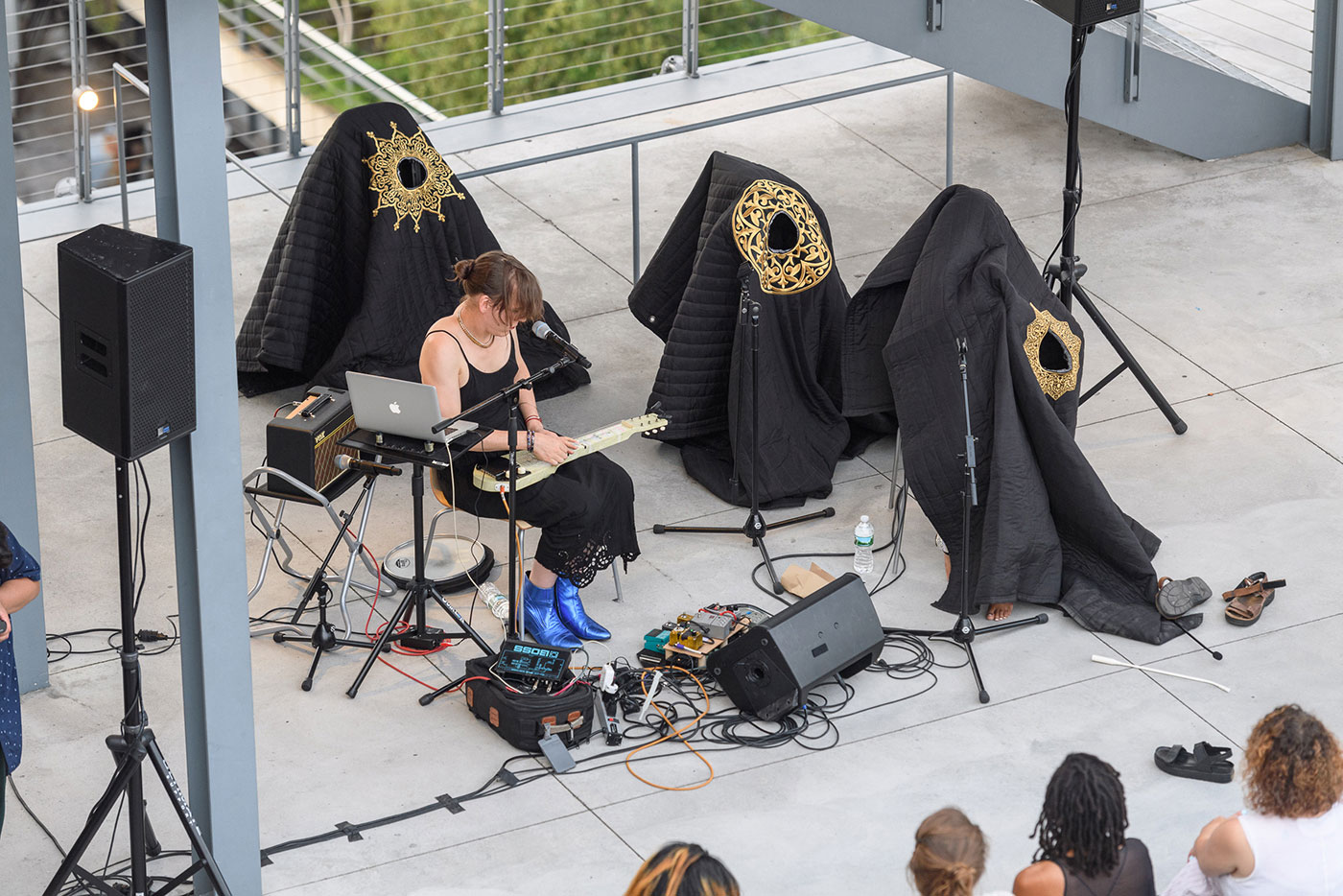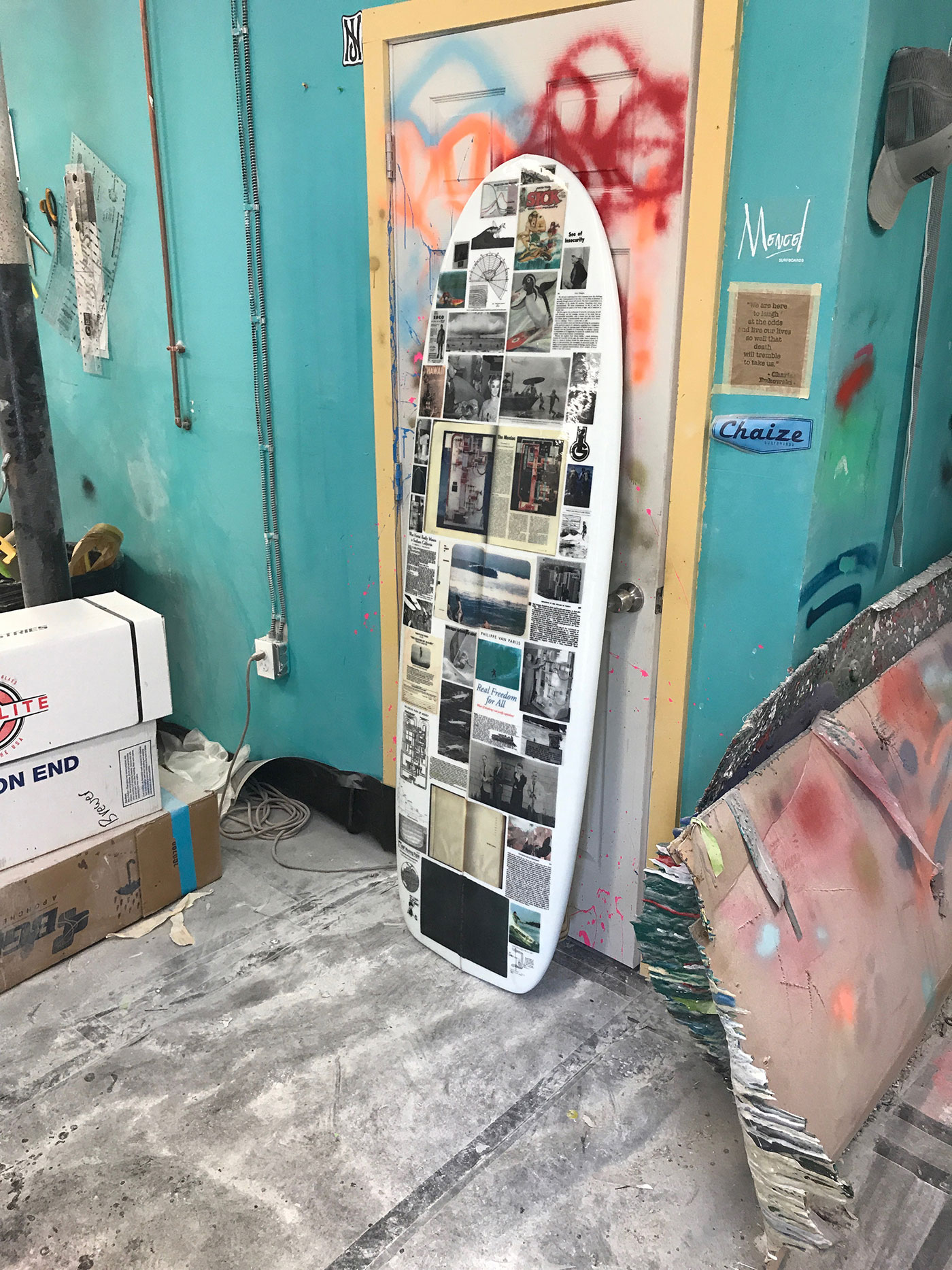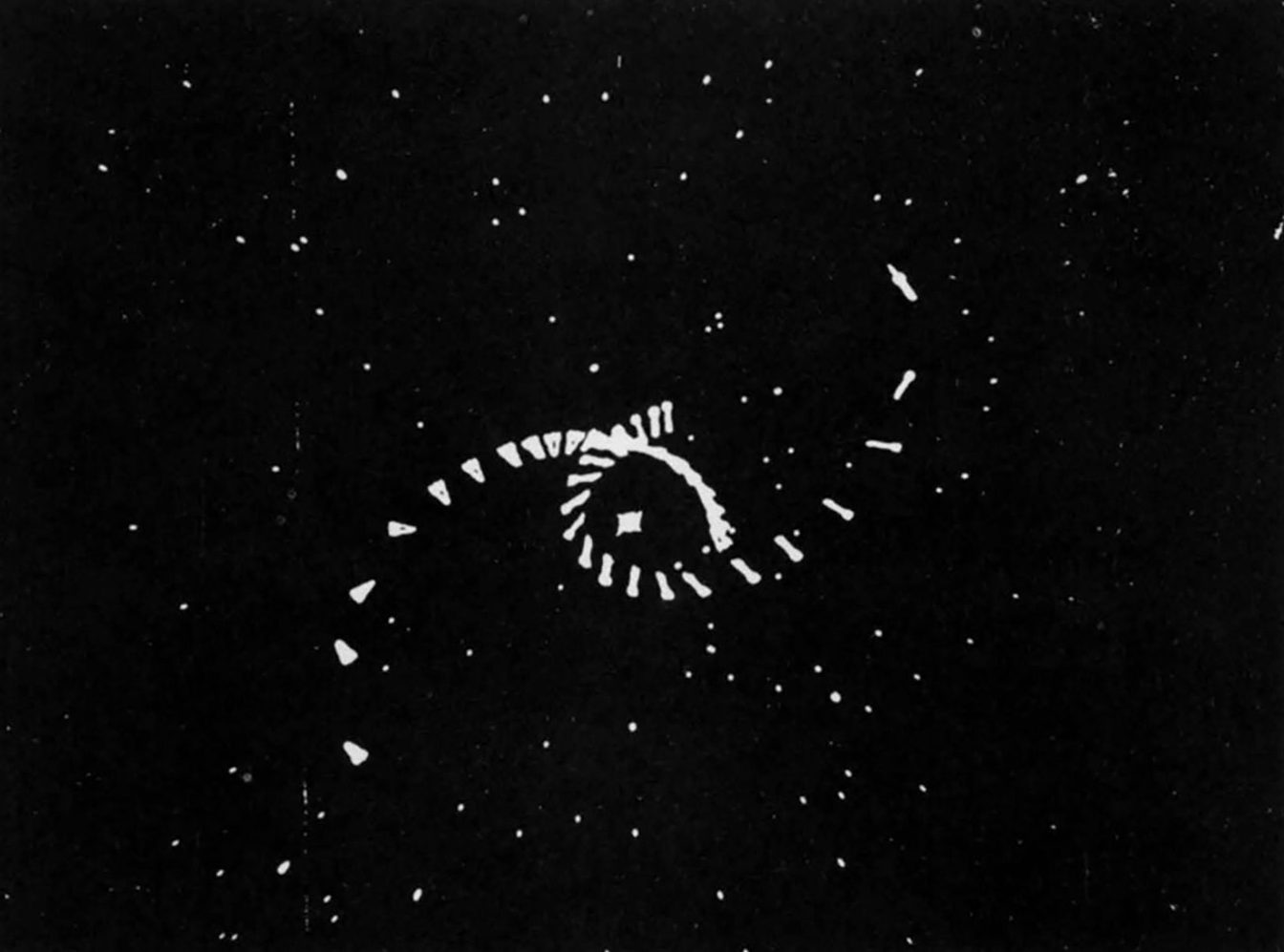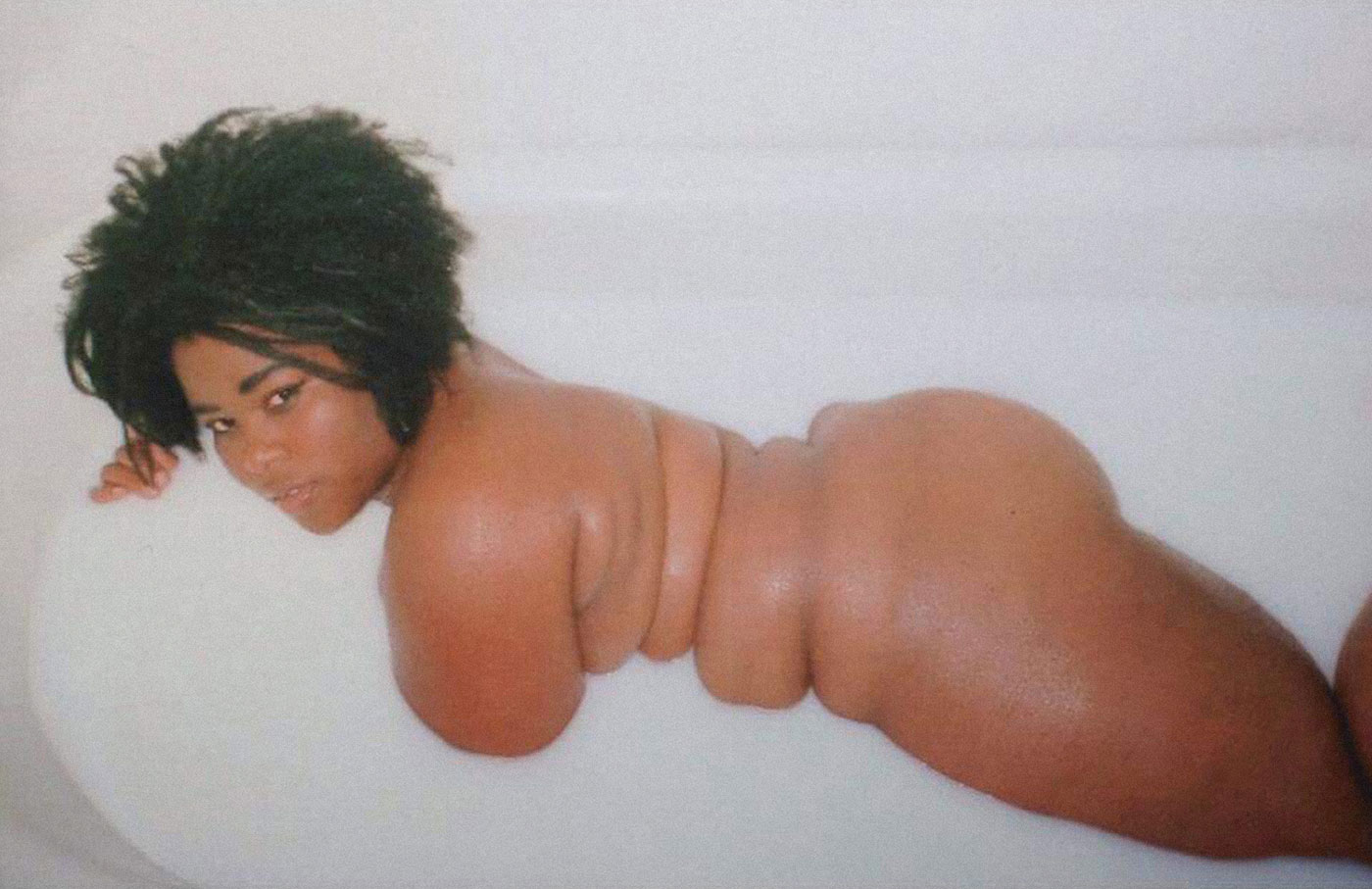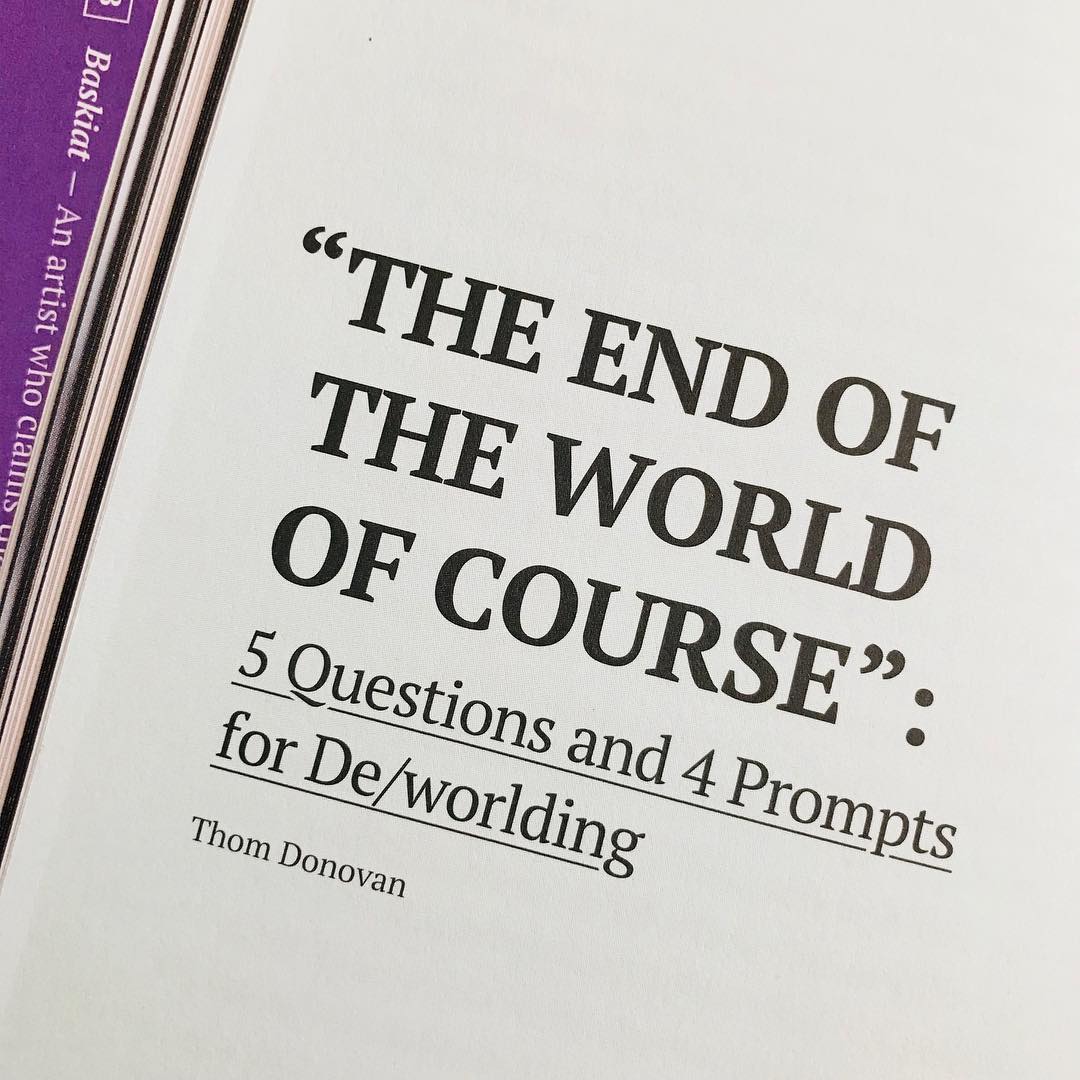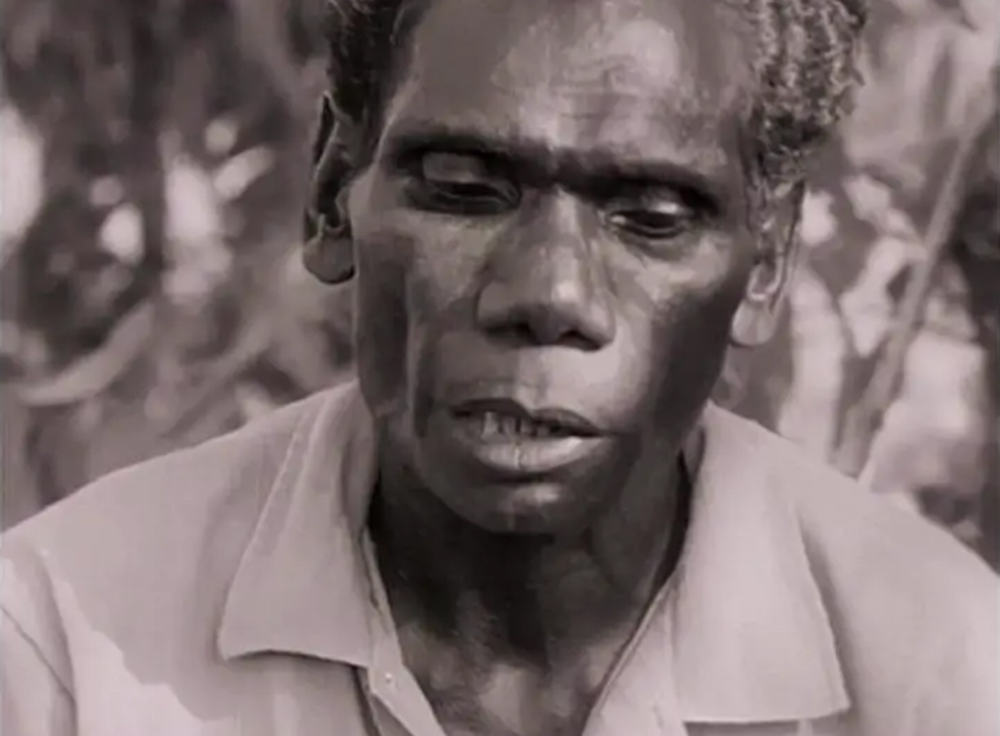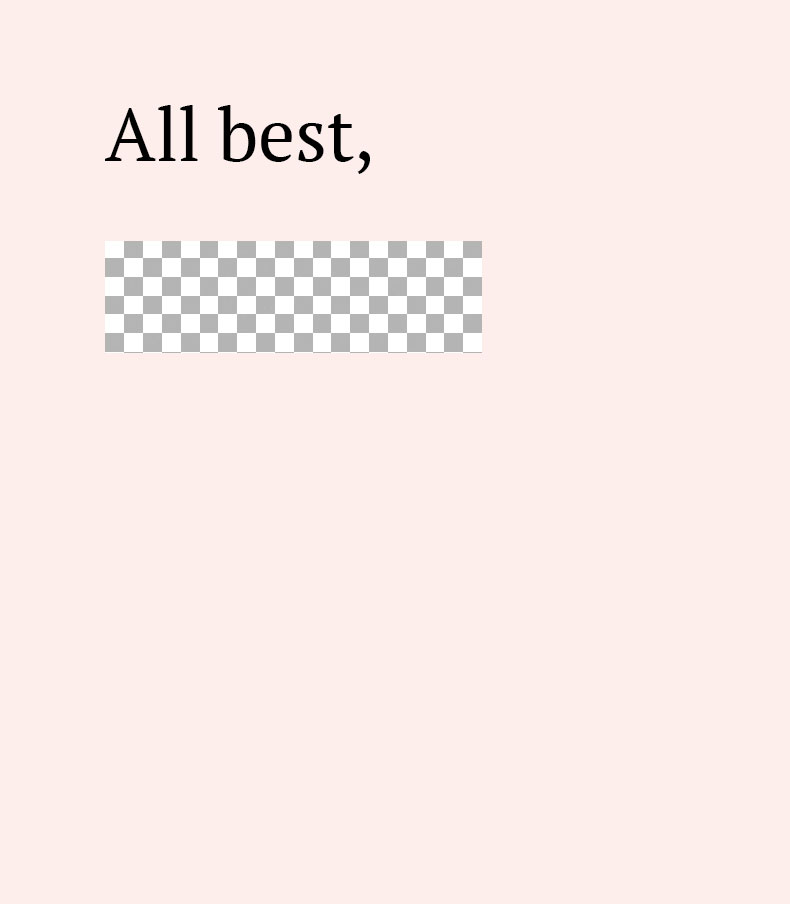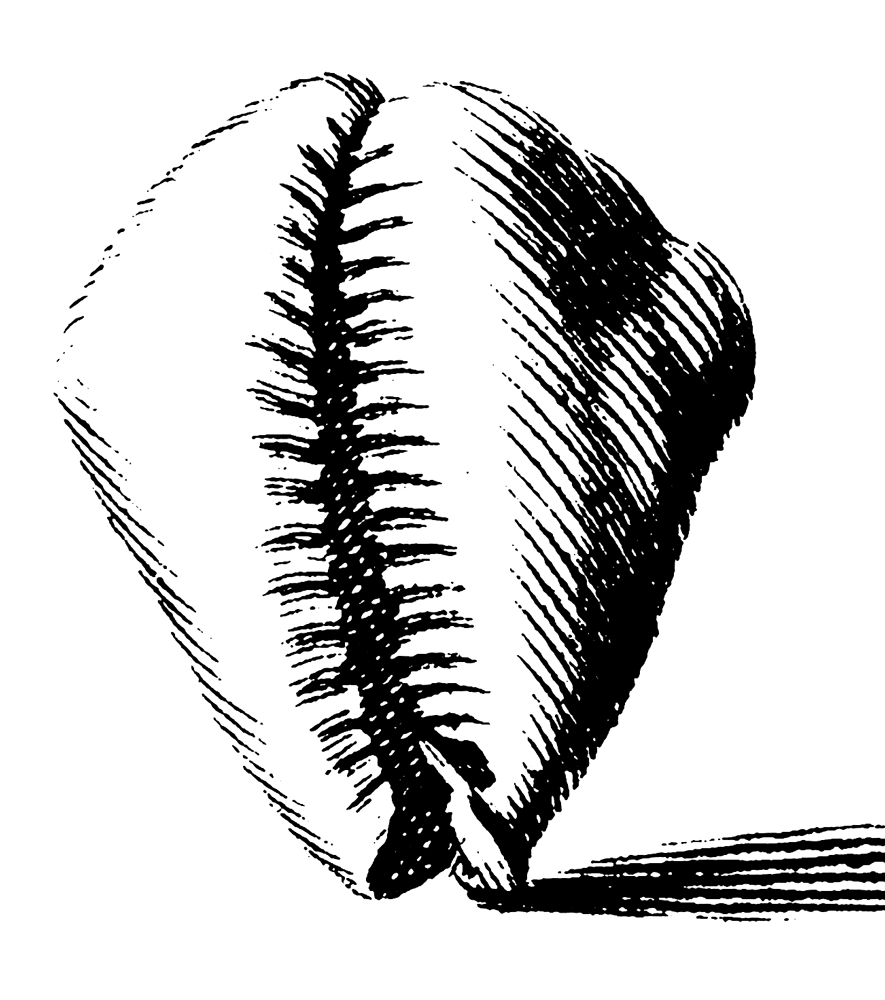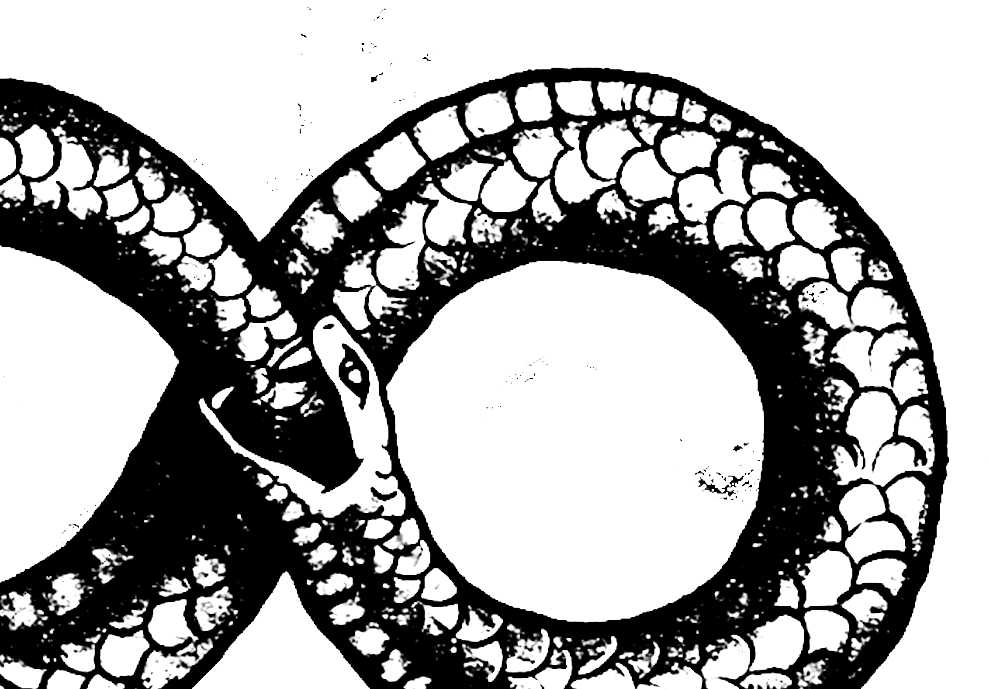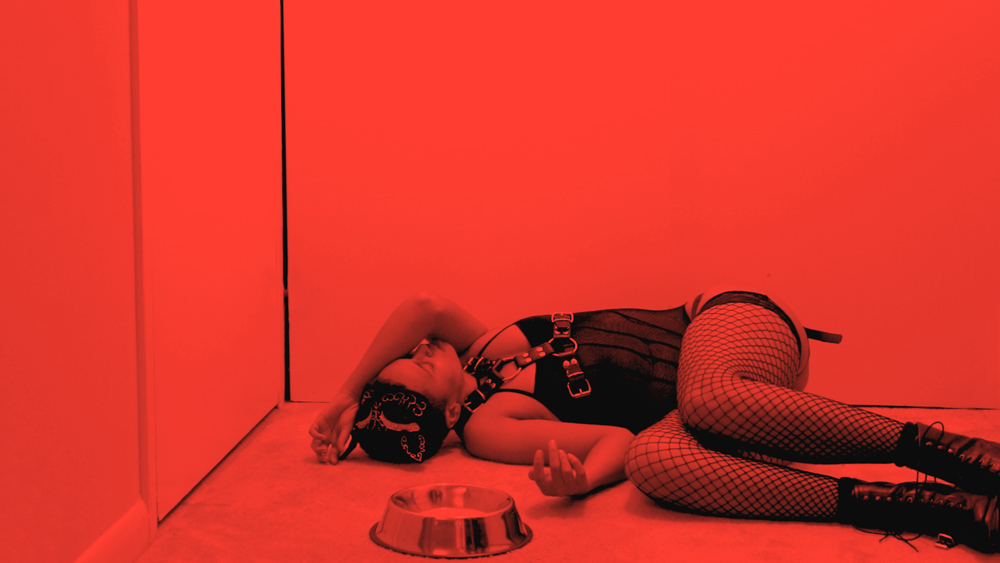“The End of the World of Course”:
5 Questions and 4 Prompts for De/worlding
Thom Donovan
The following is a proposal I was invited to submit by Maika Pollack for her Southfirst Gallery in 2015. You will see it revisits the column that I edited for Art21 from 2010-2012 through a set of terms and concepts identified with Afro-Pessimism. After receiving no comment from Pollack about the proposal, I decided not to pursue it further.
Curatorial Proposal for Southfirst Gallery
From 2009-2011, I produced a column at Art21 blog called 5 Questions for Contemporary Practice. The principal intention of the column was to provide a survey regarding artists’ engagement with the public sphere, and concerning what ways they deemed their art to have “political” and/or “social” value. This column came about just as “socially engaged art” and art mediated and framed by “social practice” was coming into focus as an art historical field. It also preceded the Occupy movement, an event which was contiguous with the practices of many of the artists whom I surveyed and in many ways would seem the culmination of the social and aesthetic energies that inspired the column at its inception and throughout its two-year run.
At the invitation of the art historian Maika Pollack, I am organizing a group show that I would like for you to participate in and contribute work for. This show will be held at Southfirst gallery in Williamsburg, Brooklyn, which she cofounded and where she has been the gallerist and main curator for the past decade.
As a means of revisiting the intentions of 5 Questions for Contemporary Practice, I would like to invite you to provide responses to a new questionnaire generated especially for the occasion. Additionally, I request that you invite one other artist to respond to the questionnaire and call for an original work.
For the show, I would like to consider how art practices destroy, imagine, and re/construct the world/worlds. In the wake of Black Lives Matter and the ongoing murders of Black people by the police in the U.S., I am reminded of Aimé Césaire’s lines from Notebook of a Return to the Native Land, echoed by the thought of Afro-Pessimists such as Frank B. Wilderson III:
One must begin somewhere.
Begin what?
The only thing in the world
worth beginning:
The End of the world of course.
Césaire’s lines were written as a response to the situation of colonialism, a process of de/worlding that continues in various ways today in spite of the sustained credence given to the term “postcolonial.” The prophetic value of Césaire’s lines, and the larger poem of which they are a part, sadly maintains because so little would seem to have changed for the better since the time that he wrote them; we are now, in fact, ever closer to the destruction of the planet, largely as a result of the society that he was writing against. We have also come no closer, and are in fact it would seem quite further away, from the goals of global economic justice and a society without racism, particularly racism against Black and Brown bodies, to which he was committed. It is with Césaire’s legacy in mind, and the necessary violence of his social and intellectual position, that I would like to propose the following show as a means of directing art’s concerns away from civility and relationality towards the apocalyptical and impossible labor our current world demands.
For the proposed show and accompanying book in which your responses to the questionnaire will be collected, as well as the original questionnaires from 2009-2011, I would like you to respond to any or all of the following questions:
1. To what extent does the artist express a destructive character, a character that would lay waste to the existing world—whether nihilistically or constructively, which is to say, with or without a sense of what world might come to replace the former one?
2. Can art be a revolutionary force for the emergence of a new world, a world no longer structured by the systemic violence of capital, nor by the colonial and genocidal tendencies that undergird it historically and ontologically? If so, how?
3. To what extent must the artist also engage with violence, or become violent through their practice, to bring about the destruction of the current world and thus clear a space in which new structures, forms, and subjects can emerge? What are the possible uses you foresee or have observed for violence in your work?
4. Perhaps you see “art” as too limiting a category to describe what you do and how you wish to contribute to the transformation of the world/society. If this is the case, I wonder where you may locate the limits and threshold of your practice in relation to forms of practice that are revolutionary and/or world transforming?
5. Should the existing world be destroyed, what world would you like to take its place? What are the qualities of this new world and in what ways may art and the artist continue to function in it?
Your responses to these questions, I hope, will contribute to a work generated by any of the following prompts:
1. A process of world destroying.
2. A desirable world to come.
3. A world that you would want that is already here, though unacknowledged or invisible.
4. The world immediately after the destruction you have imagined or intended for it.
Thom Donovan
7/8/15
